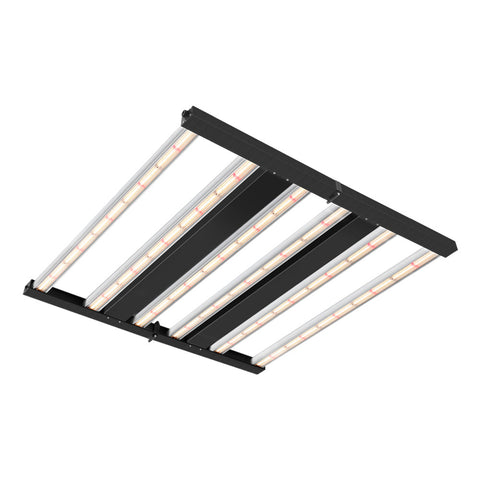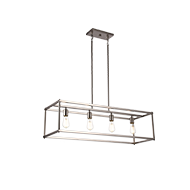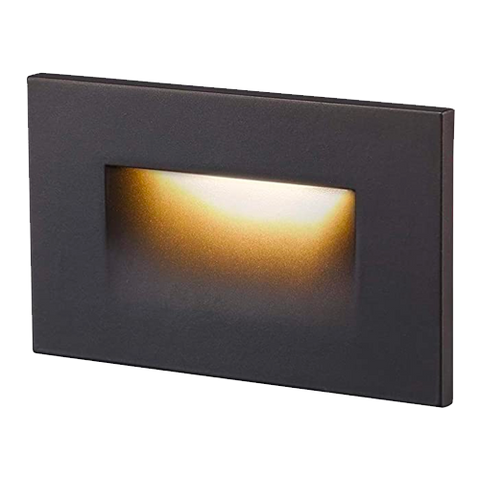SMART SAVING IDEA
Light your home using the same amount of light for less money. An average household dedicates about 5% of its energy budget to lighting. Switching to energy-efficient lighting is one of the fastest ways to cut your energy bills. By replacing your home's five most frequently used light fixtures or bulbs with models that have earned the ENERGY STAR, you can save $45 each year. New lighting standards took effect in 2012, and money-saving options such as halogen incandescent, CFL, and LED lightbulbs are available today. For high-quality products with the greatest energy savings, choose bulbs that have earned the ENERGY STAR.
Photos of different varieties of light bulbs, with the words "Lighting choices save you money," with explanation that these light bulbs adhere to energy standards of 2012-2014.
New Lightbulbs: What's the Difference?
Traditional incandescent bulbs use a lot of energy to produce light and are no longer manufactured.
90% of the energy is given off as heat
That lost energy is money we are throwing away
Newer energy-saving lightbulbs provide the choices in colors and light levels you've come to expect. The new lights are also much more efficient -- so they save you money.
What Are My Lighting Choices?
You have many choices in energy-efficient lighting. The most popular light bulbs available are halogen incandescents, compact fluorescent lamps (CFLs), and light-emitting diodes (LEDs). Although they can initially cost more than traditional incandescent bulbs, during their lifetime they save you money, because they use less energy. You can find these in most hardware and home improvement stores.
Controls such as timers and photocells save electricity by turning lights off when not in use. Dimmers save electricity when used to lower light levels. Be sure to select products that are compatible with the energy-efficient bulbs you want to use.
If you have outdoor lighting that is left on for a long time, using CFLs or LEDs in these fixtures will save a lot of energy. Most bare spiral CFLs can be used in enclosed fixtures that protect them from the weather. CFLs and LEDs are available as flood lights. These models have been tested to withstand the rain and snow so they can be used in exposed fixtures. Also look for ENERGY STAR-qualified fixtures that are designed for outdoor use and come with features like automatic daylight shut-off and motion sensors.
Halogen Incandescents
Halogen incandescents have a capsule inside that holds gas around a filament to increase bulb efficiency. They are available in a wide range of shapes and colors, and they can be used with dimmers. Halogen incandescent bulbs meet the federal minimum energy efficiency standard, but there are now many more efficient options to meet your lighting needs.
CFLs
Compact fluorescent lamps (CFLs) are simply curly versions of the long tube fluorescent lights you may already have in a kitchen or garage. Because they use less electricity than traditional incandescents, typical CFLs can pay for themselves in less than nine months, and then start saving you money each month. An ENERGY STAR-qualified CFL uses about one-fourth the energy and lasts ten times longer than a comparable traditional incandescent bulb that puts out the same amount of light. A typical CFL can pay for itself in energy savings in less than 9 months and continue to save you money each month. A CFL uses about one-third the energy of a halogen incandescent.
CFL bulbs are available in a range of light colors, including warm (white to yellow) tones that were not as available when first introduced. Some are encased in a cover to further diffuse the light and provide a similar shape to the bulbs you are replacing. If you are looking for a dimmable bulb, check the package to make sure you purchase a CFL with that feature.
Fluorescent bulbs contain a small amount of mercury, and they should always be recycled at the end of their lifespan. Many retailers recycle CFLs for free. See EPA's website for more information.
LEDs
Four different varieties of LED light bulbs lined up in a row.
Light emitting diodes (LEDs) are a type of solid-state lighting -- semiconductors that convert electricity into light. Although once known mainly for indicator and traffic lights, LEDs in white light, general illumination applications are one of today's most energy-efficient and rapidly-developing technologies. ENERGY STAR-qualified LEDs use only 20%–25% of the energy and last 15 to 25 times longer than the traditional incandescent bulbs they replace. LEDs use 25%–30% of the energy and last 8 to 25 times longer than halogen incandescents.
LED bulbs are currently available in many products such as replacements for 40W, 60W, and 75W traditional incandescents, reflector bulbs often used in recessed fixtures, and small track lights, desk lamps, kitchen undercabinet lighting, and outdoor area lights. They come in a variety of colors, and some are dimmable or offer convenient features such as daylight and motion sensors. LEDs work well indoors and outdoors because of their durability and performance in cold environments. Look for LED products such as pathway lights, step lights, and porch lights for outdoor use. You can also find solar-powered outdoor lighting.
While LEDs are more expensive, they still save money because they last a long time and have very low energy use. As with other electronics, prices are expected to come down as more products enter the market.



 LED Bulb
LED Bulb LED Tube
LED Tube LED Integrated Tube
LED Integrated Tube LED Cooler Tube
LED Cooler Tube LED Sign Tube
LED Sign Tube LED Downlights
LED Downlights LED Panel
LED Panel LED Grow Light
LED Grow Light LED Troffer Lights
LED Troffer Lights LED Flush Mount Fixtures
LED Flush Mount Fixtures LED High Bay
LED High Bay LED Modules & Sign Bars
LED Modules & Sign Bars LED Under Cabinet Lights
LED Under Cabinet Lights LED Exit Sign /Emergency Lights
LED Exit Sign /Emergency Lights Wall Sconce
Wall Sconce Floor Lamps
Floor Lamps Table Lamp
Table Lamp Pendants
Pendants Semi-Flushmounts
Semi-Flushmounts Vanity Lights
Vanity Lights Chandeliers
Chandeliers Track Light
Track Light Sign Lights
Sign Lights
 LED Solar Lights
LED Solar Lights LED Canopy
LED Canopy LED Pole Lights
LED Pole Lights LED Flood Lights
LED Flood Lights LED Wall Pack
LED Wall Pack Up and Down Lights
Up and Down Lights LED Corn Bulb
LED Corn Bulb LED Retrofit Kits
LED Retrofit Kits LED Strip Lights
LED Strip Lights LED Strips Light (KIT)
LED Strips Light (KIT) Outdoor Wall Lighting
Outdoor Wall Lighting LED Work Lights
LED Work Lights LED Neon Rope Light
LED Neon Rope Light Spot Lights
Spot Lights Step Lights
Step Lights

 22 Inch Round
22 Inch Round 24x36 Inch
24x36 Inch 36x36 Inch
36x36 Inch 36x48 Inch
36x48 Inch
